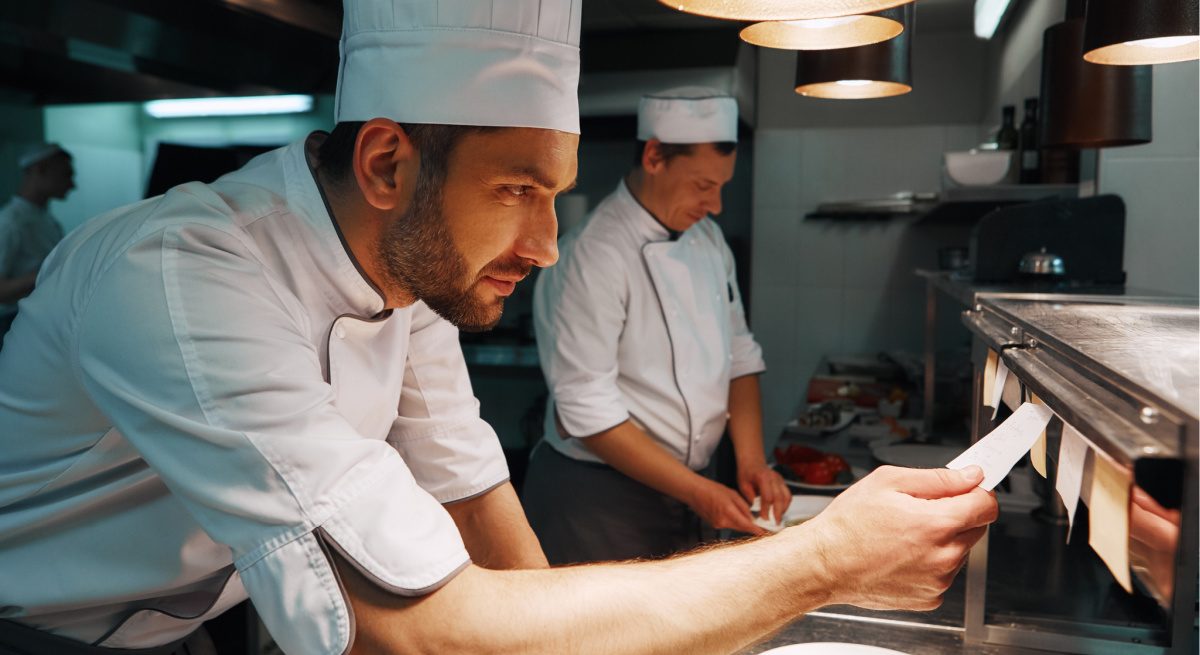Best Practices to Establish an Efficient Restaurant Operation
3 Min Read By Jack Mervis
What is the ongoing goal for all restaurant owners and managers? To always, continuously search for ways to improve the guest experience. Whether that be via restaurant operations, menu improvements, or services, there are quite a few criteria that restaurant owners constantly juggle to create the perfect balance.
There are many challenges to running a restaurant, and during day-to-day operations, it can be easy to lose sight of the overall vision. This is why it is crucial for owners to have a system of best practices to follow so they can maximize necessary restaurant operations, reduce overhead costs, and help provide the best quality of service to customers.
Below are six best practices to implement so you can improve the efficiency of your restaurant or food service operation:
1. Create A Successful Marketing Plan
Marketing for your restaurant is essential to running a successful business. There are several areas to focus on when creating an effective marketing plan, regardless of what your budget may be. The first step to building this plan is identifying your target audience. For more local restaurants, targeting communities through social media channels such as Facebook and Instagram can have a huge impact. If you have a much larger budget, you can expand your target audience to create awareness within different demographics and regions.
Another important marketing tactic, which is a necessity in modern times, is having a website. If you do have a website, it is important to make it search engine friendly, so you can improve your restaurant’s visibility and reach for those searching for restaurants nearby. You can also invest in other digital marketing strategies, such as local ads or by creating a YouTube channel to showcase specialty meals and your company’s culture. Doing this helps to establish your brand and create a loyal customer base.
2. Establish Training Programs in Detail
Your employee’s training directly impacts the quality of their services, as well as your customer’s experience. For this reason, it is crucial to take the time as a restaurant manager or owner to build and implement comprehensive training programs. Establishing training protocols, which focus on individual employees’ roles in your restaurant, helps to create awareness of their direct responsibilities. It also helps so that employees know how to operate necessary kitchen equipment. This limits employee overlap and helps to streamline your operations.
3. Reduce Your Food Waste
Throwing away excess food can be a huge problem for restaurant efficiency because every ounce of food thrown away diminishes your revenue. To fully utilize the food you have purchased, you should track the waste in your restaurant. From there, you will be able to compare the quantity of waste in comparison to the size of the original inventory order. This will help to identify where cuts can be made, and how much money is being leaked through this channel. This ultimately influences your menu choices, because you may find that leaving certain meals off the menu will allow you to minimize leftovers.
4. Conduct a Competitive Analysis
Studying your competitors is important in any industry, but it is a specifically great way to ensure longevity in the food service industry. In order to create this kind of competitive analysis, you will want to start by creating a list of the biggest competitors nearby. From there, you will want to study their operations to determine what makes them so successful. Here are some of the key areas of focus when doing your restaurant’s competitive analysis.
- Special Events: Your competitor’s website or social media may show special events they are promoting, such as happy hours and trivia nights.
- Menu Changes: Most restaurants also keep up-to-date menus on their websites, which may lead you to make adjustments to your own menu, if need be.
- Speak to Past Employees: If possible, speak with past employees of these competitors. This can help you gain an understanding of their operations as well as their strategy when it comes to marketing.
5. Use Other Outside Resources
Restaurant trends are constantly changing. For owners and managers, it is difficult to keep up with new requirements and evolving changes to the industry. This is why it is crucial to use outside resources, such as consultants or even industry magazines. This can help to assist with restaurant operation decisions. Speaking to other restaurant operators can also be beneficial, because it can help guide improvements to your business.
6. Invest In Restaurant Technology
Investing in restaurant technology can help to lighten the workload placed on employees – improving the accuracy and efficiency of orders. The data collected by restaurant tech can also be used to make improvements to your menu – simplifying inventory management. These systems can be purchased and integrated into your existing restaurant operations, since there is little set up required.
In restaurants, efficiency is crucial since it often leads to repeat customers as well as increased profits. With the best practices outlined above, you will be able to optimize your restaurant operations without sacrificing the quality of your service.


